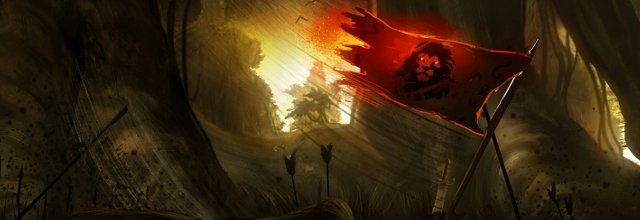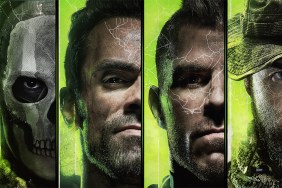After our hands-on preview of Dungeon Siege 3, Game Revolution got a chance to speak with Obsidian Entertainment CEO Feargus Urquhart. He’s the man steering the studio whose most recent release was Fallout: New Vegas, maybe you’ve heard of that?
Game Revolution (GR): I saw over by the Fallout offices that on the coffee table was a stack of DVDs…











